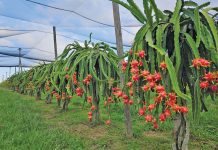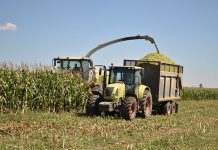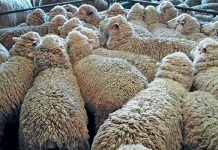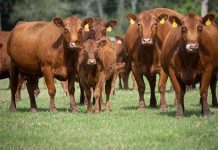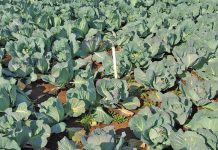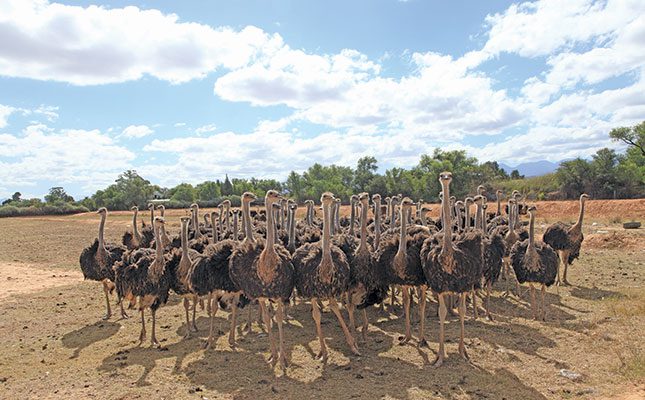
Photo: Glenneis Kriel
Francois de Wet, managing director of Cape Karoo International (CKI), said the drought that had raged since 2016 in various parts of the Klein Karoo had finally broken, which would allow farmers to curb feeding costs by producing more of their own feed.
Along with this, production of a combination of skins, feathers and meat had reached its highest in eight years. “CKI had an excellent year, resulting in their producers benefitting from bonusses of R1 000 per ostrich slaughtered at CKI, and an 8% increase in producer prices in August,” said De Wet.
He ascribed the favourable prices to demand for leather and feathers: “There is a strong demand for exotic leather boots in the US, and ostrich leather handbags and articles in the EU. Despite demand being slack in the Far East, European fashion houses are selling good volumes of ostrich-skin bags in China.”
High feather prices were driven by low South African stock levels in combination with a high international demand.
De Wet expects the demand for ostrich leather and feathers to continue, which together with a small under-supply will render production more sustainable for some years to come.
Meat demand on the other hand was stable, he said, with “no fireworks”. “The demand for heat-treated exports is moderate, while the local meat market is stagnant,” he said.
Laubscher Coetzee, who farms near Oudtshoorn in the Klein Karoo, said that ostrich producers were thankful that the drought had been broken and positive because of the good prices for leather and feathers, and the fact that they could plant more of their own feed again.
Unfortunately, the wet and cold conditions had taken their toll on the production of ostrich chicks, with production being down by more than 10% at some hatcheries.
“Having fewer ostrich chicks means that the industry might not be able to reach its slaughter targets, but on the upside, it means that supply will remain low which will help to sustain the good prices,” he said.
Production, which runs from July to June each year, is expected to increase from roughly 137 000 to just over 140 000 slaughter birds in the current production season.
De Wet said the biggest challenges for farmers this season would be to improve the skin quality of their ostriches by preventing damage to skins when ostriches were one to four months old. Along with this, farmers should keep their “production pencils sharpened”.
He added: “Times are better, but farmers still need to farm as efficiently as possible.”

